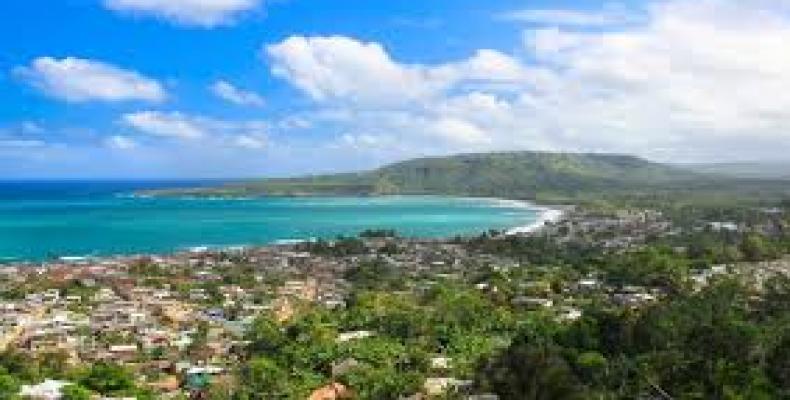Cubans celebrate tomorrow the 506th anniversary of the establishment of Baracoa, the first Cuban city founded by Spanish colonizers in Cuba.
The city of Baracoa is located in the northeastern part of the Cuban province of Guantánamo, between the Bays of Baracoa and Miel. It was the first city set up by Spaniards in Cuba on August 15, 1511 and the headquarters of island’s first Bishop’s office. Named Villa de Nuestra Señora de la Asunción de Baracoa by Spanish conqueror Diego Velázquez, Baracoa is also known as the City of Landscapes, the City of Rains, the City of Mountains, the City of Waters or the capital of wood, coconut and cocoa. Its name means “existence of the sea” in the indigenous language Arauac.
The history of Baracoa, however, did not start on August 15, 1511, but on November 27, 1492, when Christopher Columbus arrived in the area and, amazed by its beauty, wrote in his dairy: “it is the most beautiful thing in the world... because of its trees and freshness, and its crystal clear water, and the birds and beauties.”
There is a unique material evidence of that encounter: La Cruz de la Parra, the cross that Admiral Christopher Columbus planted four days after its arrival in Baracoa and later found by Spanish conqueror Diego Velázquez and its expedition members. It’s the only existing cross of the 29 planted by Columbus during its voyage to the Americas. Its authenticity has been scientifically certified. In the 16th century, Bishop Morell de Santa Cruz ruled that the cross be transferred to one of the altars at the Parish Church of Nuestra Señora de la Asunción de Baracoa, where it can still be admired.
Five centuries have passed and Baracoa still preserves the unequalled beauty that Columbus found in the area. Baracoa’s relief is predominantly mountainous, including El Yunque, a small plateau named like that due to its vertical slopes and flat summit. It is characterized by its biodiversity and its flora and fauna are highly endemic, a natural paradise that immediately seduces nature lovers. 506 years after its founding, Baracoa is one of Cuba’s most subjugating areas. It’s not a great Spanish colonial city characterized by a thrilling architecture and broad avenues or squares, but its streets still preserve their original design and its wooden architecture is unique.
Located at the foot of a clean bay, Baracoa is a very Caribbean city of sinuous streets and happy life. Residents live off forestry, cocoa, coconut and coffee production.
Baracoa can be reached by plane from the Cuban capital or other eastern Cuban cities, such as Guantánamo, also through La Farolad, one of the most beautiful and thrilling roads in the country. It is known as one of the sites where the famous Cuban film Honey for Ochún by renowned Cuban Director Humberto Solás was shot. It was also recently hit by a furious hurricane but its courageous dwellers stood up to restore the beautiful city.


